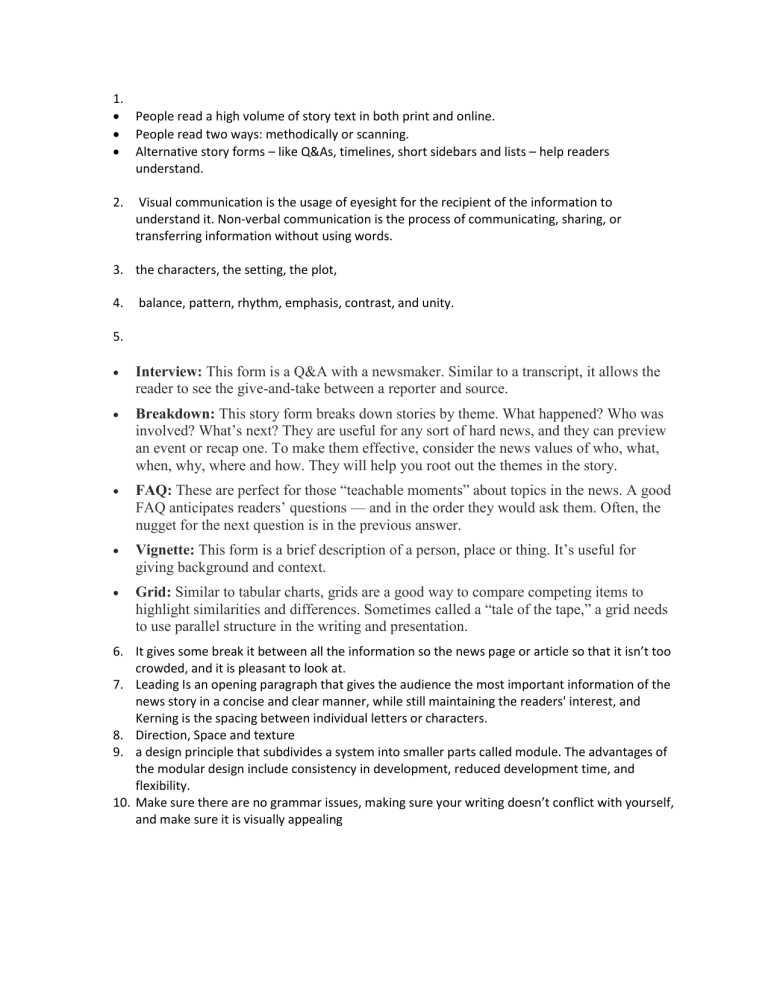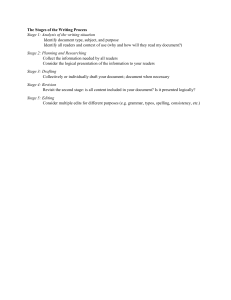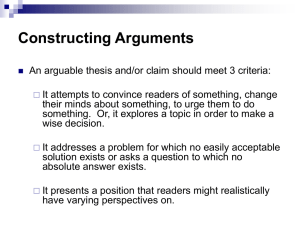
1. People read a high volume of story text in both print and online. People read two ways: methodically or scanning. Alternative story forms – like Q&As, timelines, short sidebars and lists – help readers understand. 2. Visual communication is the usage of eyesight for the recipient of the information to understand it. Non-verbal communication is the process of communicating, sharing, or transferring information without using words. 3. the characters, the setting, the plot, 4. balance, pattern, rhythm, emphasis, contrast, and unity. 5. Interview: This form is a Q&A with a newsmaker. Similar to a transcript, it allows the reader to see the give-and-take between a reporter and source. Breakdown: This story form breaks down stories by theme. What happened? Who was involved? What’s next? They are useful for any sort of hard news, and they can preview an event or recap one. To make them effective, consider the news values of who, what, when, why, where and how. They will help you root out the themes in the story. FAQ: These are perfect for those “teachable moments” about topics in the news. A good FAQ anticipates readers’ questions — and in the order they would ask them. Often, the nugget for the next question is in the previous answer. Vignette: This form is a brief description of a person, place or thing. It’s useful for giving background and context. Grid: Similar to tabular charts, grids are a good way to compare competing items to highlight similarities and differences. Sometimes called a “tale of the tape,” a grid needs to use parallel structure in the writing and presentation. 6. It gives some break it between all the information so the news page or article so that it isn’t too crowded, and it is pleasant to look at. 7. Leading Is an opening paragraph that gives the audience the most important information of the news story in a concise and clear manner, while still maintaining the readers' interest, and Kerning is the spacing between individual letters or characters. 8. Direction, Space and texture 9. a design principle that subdivides a system into smaller parts called module. The advantages of the modular design include consistency in development, reduced development time, and flexibility. 10. Make sure there are no grammar issues, making sure your writing doesn’t conflict with yourself, and make sure it is visually appealing



